En español
The 10x10 gray clapboard shack under a corrugated tin roof in Carmen DeLeon's back yard in the gritty five-block colonia, as the mostly poor, migrant, substandard housing enclaves on the Texas border are called, is no bigger than a storage shed. Not even the worst public school classroom in the densely populated Lower Rio Grande Valley is that tiny, but not even the best could boast such dedication and determination. On the busiest days, when all the parents in the Weslaco neighborhood known as Llano Grande dropped by the un-air-conditioned casita, as many as 25 children crammed themselves inside to learn English and practice reading and writing. They did so, even when the temperatures outside approached triple digits, because DeLeon, an early participant in a new migrant educational outreach initiative, convinced their parents that it was important.
Not that they couldn't see it for themselves. In Weslaco, as elsewhere on the tumultuous and often dangerous Texas-Mexico border, subdivisions and freeways are replacing farmland, new buildings are going up everywhere, drug-running is rampant, border patrol and homeland security create a sense of militarization — the very atmosphere is charged with portents of unprecedented change. Those who survive must be prepared. DeLeon had seen it clearly, and knew that for the migrants who take haven in the Valley between harvests, nothing is more important than finding a better and more secure life for the next generation. Such evolutions form the social and political fabric of South Texas. DeLeon knew education was the heart of it all. She couldn't have been happier that her own daughter, Brenda, also understood — volunteering to teach the younger kids, showing them how to use a dictionary to translate words from Spanish into English, how to pronounce the English words that were tough.
Modest rewards, such as pizza parties or free time to play fútbol in the back yard also helped keep the children coming back to learn more. Sustaining their interest and participation was especially important given the demanding seasonal nature of migrant life. School and crop schedules seldom mesh. For migrant families, working the fields is the priority for survival. Many migrant parents thus have never been able to finish their own schooling. But most of them want more for their kids. Basic classes at DeLeon's casita became a way to start them on that path.
But the path didn't stop there. Educators in Weslaco learned, as did DeLeon, that the key to improvements for migrant school children lay not only within the classrooms, but outside as well — particularly in the relationship between schools and parents.
An Idea Takes Root
Although Leticia Martinez, parent involvement coordinator for the Weslaco Independent School District, began working with migrant families more than 14 years ago, her efforts gained an important new tool in the past five years with Abriendo Puertas, or Opening Doors, a program developed by Texas A&M University specifically for migrant education. Martinez immediately saw the potential in the program's emphasis on literacy, academic success, and — most importantly — parental involvement. She knew that without the involvement of parents, true progress in migrant education would be unlikely. This important linkage had been overlooked in most schools with large numbers of migrant students. Through constant visits to the colonias — now with the help of four part-time parent volunteers who themselves live among the migrant families and facilitate self-sufficiency — Martinez found parents such as DeLeon to seed the program. Bonds were formed from each parental interaction with the school, down to use of the same textbooks by parents, who, like their children, might be learning English or math skills.
"We walk them through table games that reinforce reading and math skills. And then they get to take (a game) home to their children at no cost and teach it to them," Martinez says of the strategy. "The parents feel ownership and a feeling of, 'I did it!'" The results have been solid. Between the 2004-05 and 2006-07 school years, the gap in test scores between migrant and nonmigrant students decreased from 9 percent to 4 percent in both reading and writing, and from 9 percent to 1 percent in math and science. In at least one area, social studies, migrant student's scores have passed those of nonmigrants.
Without my mom's help and motivation, I wouldn't be where I am today.
Participating schools also focused on whole-life issues, from transportation to health. Since obesity and diabetes are serious problems within the Latino immigrant community (as in the general Latino population) for example, the district has eliminated fryers in the school cafeterias. Everything is baked. Soft drinks during lunch hour have given way to water or natural juice. Nutrition classes emphasize small portions, and substitution of olive oil for the lard typically used to cook refried beans. "I don't want to say, 'Do not eat rice and beans and tortillas,'" says Martinez. "What's tough is that's all they can afford. Rice and beans are cheap. And that food has been passed down from generation to generation. But instead of eating tortillas three times a day, limit yourself to two portions."
The reputation of Abriendo Puertas spread throughout the Rio Grande Valley to 37 different school districts. Soon to become a nonprofit independent of Texas A&M, the program also serves an advisory role for similar endeavors in Houston, San Antonio, and as far away as Washington state, where many migrants from the Valley have settled. "The program was founded on the principle that all parents want a better life for their children," says Dr. Hector Aldape, associate director. "Because the Hispanic population is not educated at the level we wish they were, [the myth has circulated that] Hispanic parents don't care about helping their kids. The truth is that they don't know how to help their kids. We believe in strong collaboration, and for us to succeed we need to work with different entities. Not only are schools responsible for educating children, but the community is also responsible, as well as parents, corporations and local universities."
The innovative approach of Abriendo Puertas has found support in a growing body of research that seeks to rethink the use of traditional parental involvement strategies in migrant communities. "They recognize that outreach means more than just inviting parents to PTA meetings, because there are multiple ways parents can be involved," says Dr. Gerardo Lopez, an assistant professor at Indiana University's School of Education and Latino Studies Department. "It's equally as important to stress home-based knowledge and validate the contributions parents are making to motivate their kids through their involvement in everyday life. You have to make sure that you celebrate the moments in which parents give their kids advice on the value of school, the importance of staying on and studying."
His studies, he says, have convinced him that, "you also have to meet the needs of the migrant parents. School involvement has traditionally been seen as parents doing something or coming to the building — very unidirectional — whereas the broader concept of school-community collaboration is a two-way street. Schools, teachers and administrators are meeting parents halfway, going into the community and establishing a presence there."
Other versions of the Weslaco Program can be found across the country. And some are linked. Since most migrant families travel to several states throughout the school year (the exception is California, where migrant workers usually don't leave the state when they follow the crops), schools have learned to communicate across state lines. The New Generation System, a computerized database, allows schools to track migrant students and their academic records, though it currently only serves seven states (Colorado, Delaware, Illinois, Montana, Ohio, Texas and Wisconsin).
Schools also have found it useful to contact families before they arrive for the crop season, to help prepare students so they can jump right into class. In Princeville, Ill., where Seneca Foods cans the majority of its pumpkins, most migrant families come from two Texas border towns: Del Rio and Eagle Pass. Knowing this helps Princeville Superintendent Roy Ramos and his staff each spring, when they call the communities in Texas and find out who will return north this year. "Before school even starts, we make sure the parents know what's required of the kids, such as immunization records and physicals," Ramos says.
When the families leave Illinois in the fall to head south, Ramos collects grades and records for every student in a manila envelope and hands it to the parents to take with them. Ramos mails a back-up copy directly to the migrant coordinators at the schools in Del Rio and Eagle Pass. "Migrant parents are like anyone else. Sometimes they lose documents," he says.
Such low-tech solutions are reminiscent of the "red bag" program, a project initiated in the 1990s in Texas, in which districts enclosed copies of transcripts, vaccinations and other school records in red bags. The bags were given to the migrant parents, who carried them to their next location and gave them to school administrators so their children could continue where they left off.
While not perfect, the red bag program was "a unique and creative way to work with the needs of families … while placing kids in the center," Lopez says. "It also had the indirect effect of empowering parents. They were able to go into schools and say 'I need my kids' records.'"
Cultural challenges
One of the most persistent barriers to expanding parent-school interaction in migrant communities involves culture and nationality. In many Latin American communities, for example, it's considered disrespectful to the teacher for parents to become too involved. "There's often a mistrust when migrant parents are asked to come into the school district," says Jose Villa, assistant vice provost for minority affairs at Ohio State University. "Most of the time, when parents are asked to visit the school, they assume it's because something negative has taken place."
Martinez acknowledges that in the beginning, she frequently encountered parents who felt intimidated by interaction with the school system. Language barriers and fear of reprisals against immigrants made it safer to remain in the shadows – a dynamic clearly still at work today. But as Martinez's staff began teaching English as a Second Language (ESL) at Weslaco parental involvement centers, the migrant families grew more comfortable.
The fathers were the most difficult to win over. "We still have dads who, because of their 'machismo,' won't allow their wives to come to school," says Martinez. "Or even during the day many dads will sit in the car and wait for their wives to come back out so they can go home. She'll come in and say, 'I can only stay for an hour.'"
The mothers were enticed with appeals to their own learning and working backgrounds. "In Mexico every girl in every family had to learn some kind of home economics," says Martinez. "These modern moms want their young daughters to learn how to sew: whether it's a dress or a slip, a bra or underwear. It becomes their product. They learn how, they create the material and then they can go and sell it."
Over time, these workshops and outreach activities paid off, mixing reading and writing with everyday skills, giving both children and their parents ways to interact with the overall educational process. Two early morning get-togethers — "Doughnuts with Dads" and "Muffins with Moms" — regularly fill the library or cafeteria by 7:30 a.m. When the bell rings, the kids go to their classes, and the moms and dads head home or to the fields.
Reading together
Martinez says one of the biggest challenges she faces isconvincing migrant parents to read with their children for 15 minutes every day. And that doesn't include time spent multitasking, she says, where the mother is cooking and only the child is reading. "We ask that you set aside a reading space and that you do this every day," she says. "Have the child read in English to you, and you read in Spanish to the child. That way they won't lose their background. Both languages are present." A sign in Martinez's office captures the philosophy: "Padres y niños que leen juntos crecen juntos." Parents and children who read together, grow together.
The strategy worked for the DeLeons, whom Martinez considers the program's greatest local success. Carmen remains the community leader of Llano Grande — spreading the word around the colonia before an important meeting or school activity, and hosting the Posada Christmas parade that always begins and ends in front of her casita. And Brenda is the first in her family to attend college. She's studying business and accounting at the local community college, which she hopes will help the family business, a tire store. "As I grew older, graduating (from high school) became my biggest goal in life," Brenda says. "Without my mom's help and motivation, I wouldn't be where I am today."
Creative Funding
Every year, the Woodmore School in northwestern Ohio holds annual community garage sales so migrant families can buy necessary household items for no more than 25 cents each. Because the migrant communities in Woodville and nearby Elmore spend only a few months per year in the Midwest as they harvest tomatoes and cucumbers (known as "pickles" in the fields), working families are in constant need of cheap, temporary household items.
"We collect tons of things they could use here, but nothing so valuable that they couldn't leave it behind when they return south," says Woodmore Superintendent Jane Garling, who visited the migrant communities and tutored in the homes a couple of times a week. Whenever she drove up, women would yell that the "gringa" had arrived, and they'd run out to her car with soft drinks.
Garling's interest in outreach extended even further. She approached local companies that employed migrant workers and asked them to help out, either by donating money to the district's education programs or by providing housing to migrant families. At Garling's encouragement, Heinz once donated $60,000 a year for nearby Bettsville's pilot migrant education program. The school also contacts families before they arrive to make sure parents and students come as prepared as possible.
The effort pays off one student at a time. Silvia Mata, whose family spent time in Texas, Florida and the Midwest during each school year, had missed countless class hours over the years. Once, she had to leave a Florida school while her grade was learning multiplication. By the time she reached Texas, her classmates were already adept at long division. Now finished with high school, Mata recalls how some teachers assigned research papers to migrant students who had no access to the television, the Internet or even libraries.
Too often, work in the fields seemed to trump education. When Jose Villa, Ohio State University's assistant vice provost for minority affairs, visited Woodmore to encourage migrant students to consider college, Mata was the only one who showed up for a meeting – rebelling at her father's insistence on finishing the "pickle" harvest that autumn evening.
Villa understood the lack of attendees. He had been a migrant himself, beating the odds and attending college. Mata eventually did the same, graduating last spring from Ohio State. She now teaches summer school at Woodmore once a week to migrant students.
Migrants and Education
- Texas is the "sending state" for the largest number of migrants — 150,000 every year, many from the Rio Grande Valley, heading mostly to the Midwest. Florida sends some 80,000 people up the East Coast and into the Midwest.
- Migrant parental involvement became a part of government policy in 1965, when funds were first allocated for migrant farmworker education under the Elementary and Secondary Education Act, the predecessor to No Child Left Behind. Congress allocated the money directly to migrant families the following year, after learning that school districts were using the money for other purposes.
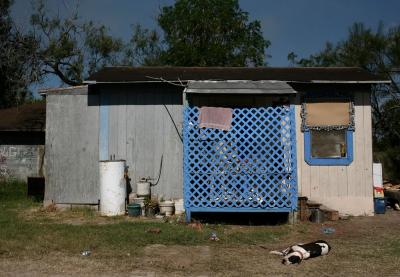
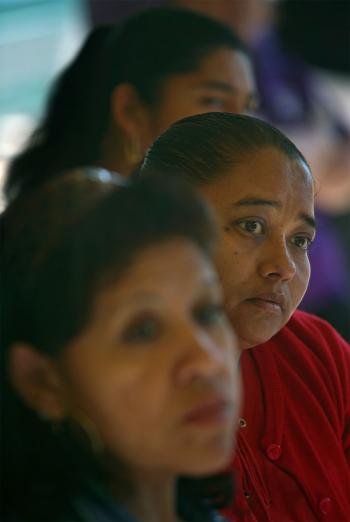
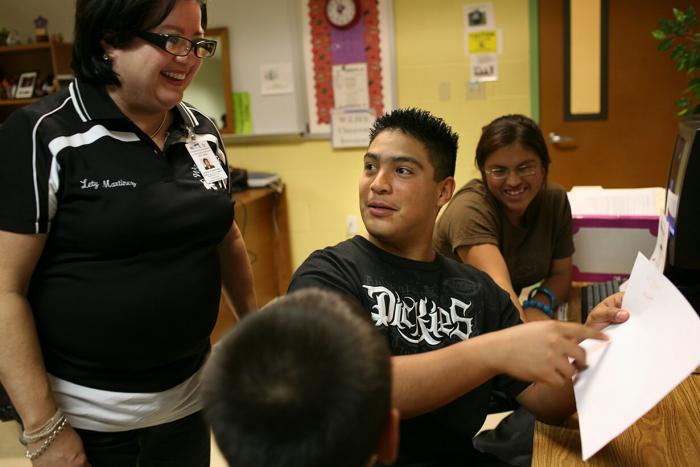
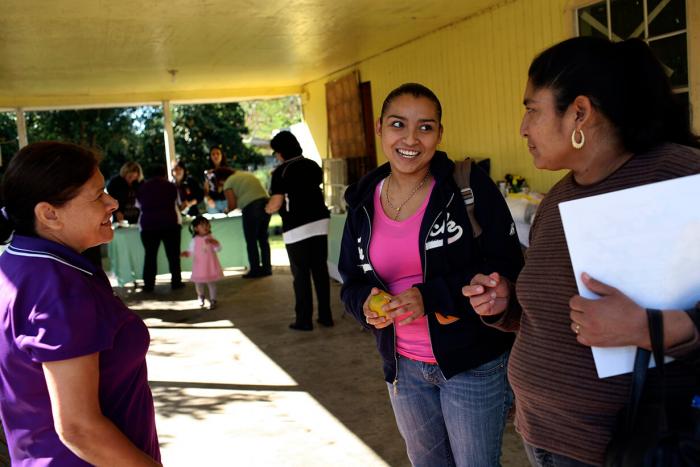
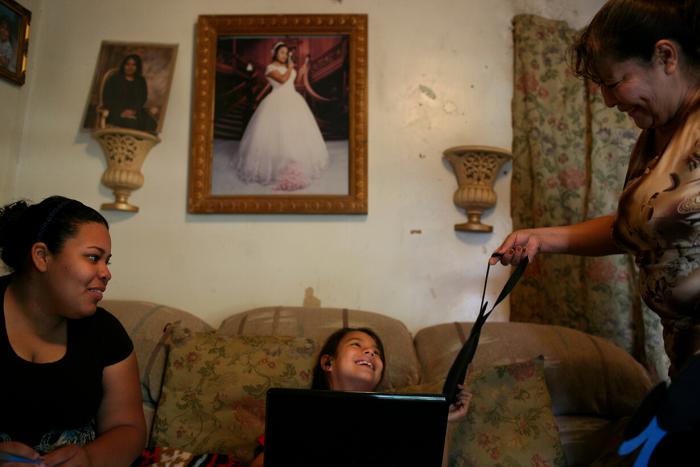
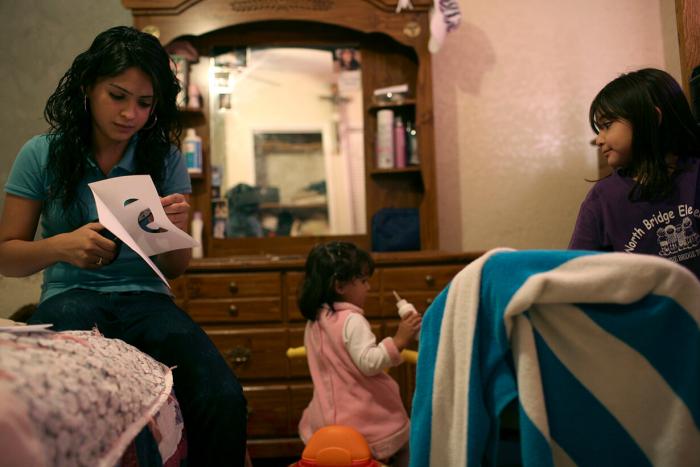

0 COMMENTS